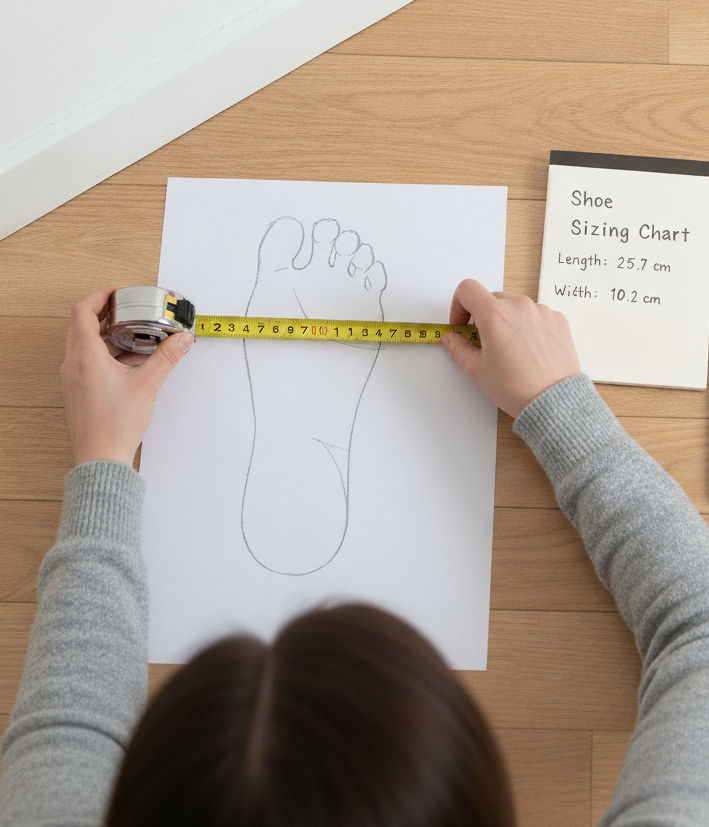Master the Brakes: Your Rollerblade Stopping Guide
- rollingdinocontact
- Nov 10
- 3 min read
Learning to roll is fun, but learning to stop is what keeps you safe and confident! Having reliable braking methods in your repertoire is essential for enjoying urban skating, trails, and even rinks.
Whether you're a complete beginner or looking to upgrade your stopping power, here are the most important rollerblade stopping techniques you need to know.
I. Beginner & Emergency Stops (High Reliability)
These are the methods every new skater should master first. They prioritize control and use the most readily available stopping tools.
1. The Heel Brake Stop (The Safest Default)
How to: Most recreational inline skates come with a removable plastic or rubber brake attached to the heel of one boot.
Glide with your knees bent.
Place the brake foot slightly in front of the other, keeping the wheels of your brake foot flat on the ground.
Gently lift the toe of the brake foot, pushing the brake pad down onto the ground while leaning forward over the non-braking skate.
Apply steady pressure until you stop.
Best For: All beginners, high-speed situations, downhills, and emergencies. It is the most reliable and efficient stop available.
Key Tip: NEVER lean back! You must lean forward over your bent support knee to maintain balance.
2. The Plow Stop (The Slow-Down)
How to: This stop is often used to bleed speed slowly rather than stop immediately.
Keep your feet parallel and at least shoulder-width apart.
Slowly angle your toes inward, pressing your heels outward. This forms a "V" shape (like a snowplow in skiing).
Apply steady pressure to the inside edges of all your wheels.
Best For: Controlling speed on slight downhills or slowing down when approaching a crowd or stop sign.
Caution: Not effective for high speeds or emergency stops, but it's a good way to gain control and practice edge pressure.
3. The Grass/Run-Out Stop (The Last Resort)
How to: If you are moving too fast and lose confidence in your braking methods, simply steer off the pavement and onto a grassy, dirty, or gravel shoulder.
Best For: True emergencies when all else fails. The friction from the rough surface will slow you down quickly and a fall is generally softer.
Caution: Always look before turning off, and be aware that this can introduce dirt/water into your bearings.
II. Intermediate Techniques (Skill & Wear)
These stops are used when the heel brake is removed (common for advanced urban or trick skaters) or when you need more immediate stopping power.
1. The T-Stop (The Workhorse)
How to: This stop uses the friction of dragging one skate perpendicularly behind the other.
Shift most of your weight onto your front (non-braking) foot.
Lift your back foot and place it behind the front foot, making the back skate perpendicular (a "T" shape) to the front skate.
Lightly drag the wheels of the back skate sideways, increasing downward pressure to slow down.
Best For: Speed control and gradual stopping on flat ground.
Caution: The T-Stop wears down your wheels very quickly, often creating "flat spots." You must rotate your wheels regularly to prevent this.
2. The Lunge Stop
How to: This is an excellent way to slow down that combines a wide turn with the concept of the T-stop, often used as a gateway to more advanced slides.
Initiate a wide turn.
Lunge deeply into the turn, shifting your weight onto the leading skate.
Extend the trailing skate out and perpendicular to your direction of travel, dragging the wheels for friction (similar to a T-stop, but with a deep lunge).
Best For: High-speed braking, as the lunge lowers your center of gravity and provides excellent control.
III. Advanced Techniques (High Speed & Flair)
These stops require significant practice, strong edge control, and are often used in urban and performance skating.
The Powerstop / Hockey Stop
How to: This is a dramatic, quick stop that involves rotating both skates perpendicular to the direction of travel and sliding sideways.
Gain speed, then quickly rotate your entire body (hips and shoulders) 90 degrees in one direction (e.g., to the left).
Force both skates simultaneously sideways across your path of travel, digging the inner edges into the ground.
Maintain a deep, low crouch and lean away from the stop to counter your momentum.
Best For: Stopping quickly in a confined area, or when you need maximum style. It's difficult to learn but highly effective.
Start with the Heel Brake, practice the Plow Stop, and only move on to the friction stops (like the T-Stop) once you are comfortable balancing on one foot. Safety first—mastering your stopping is the key to enjoying every roll!



Comments